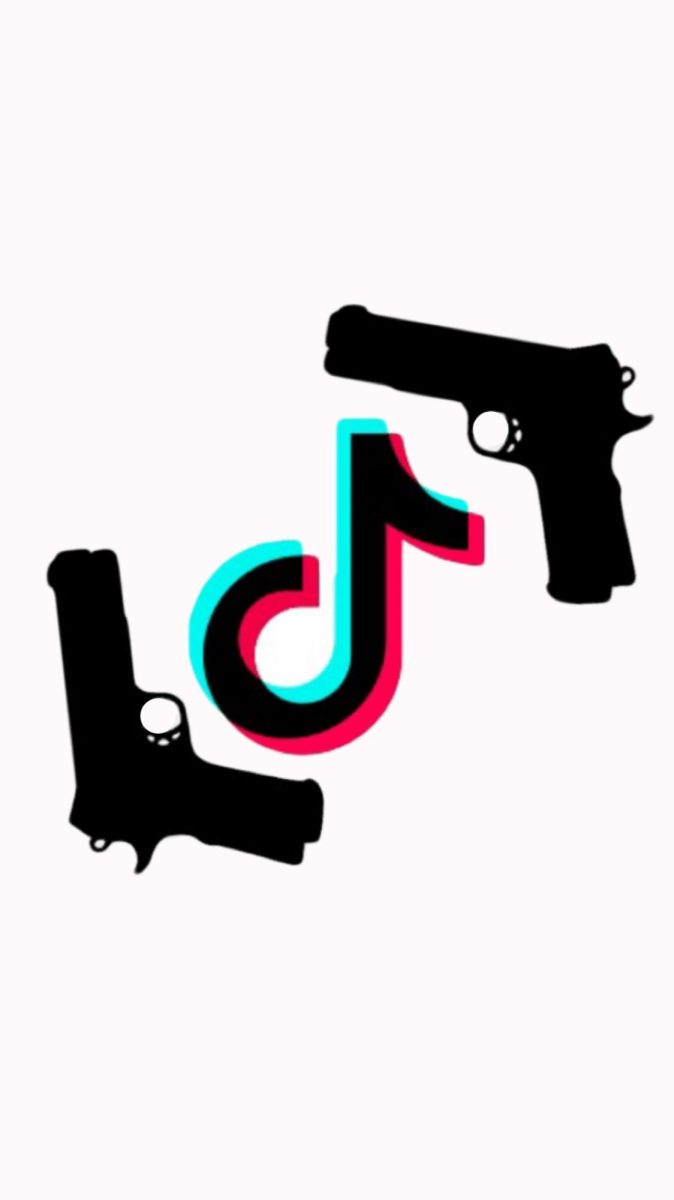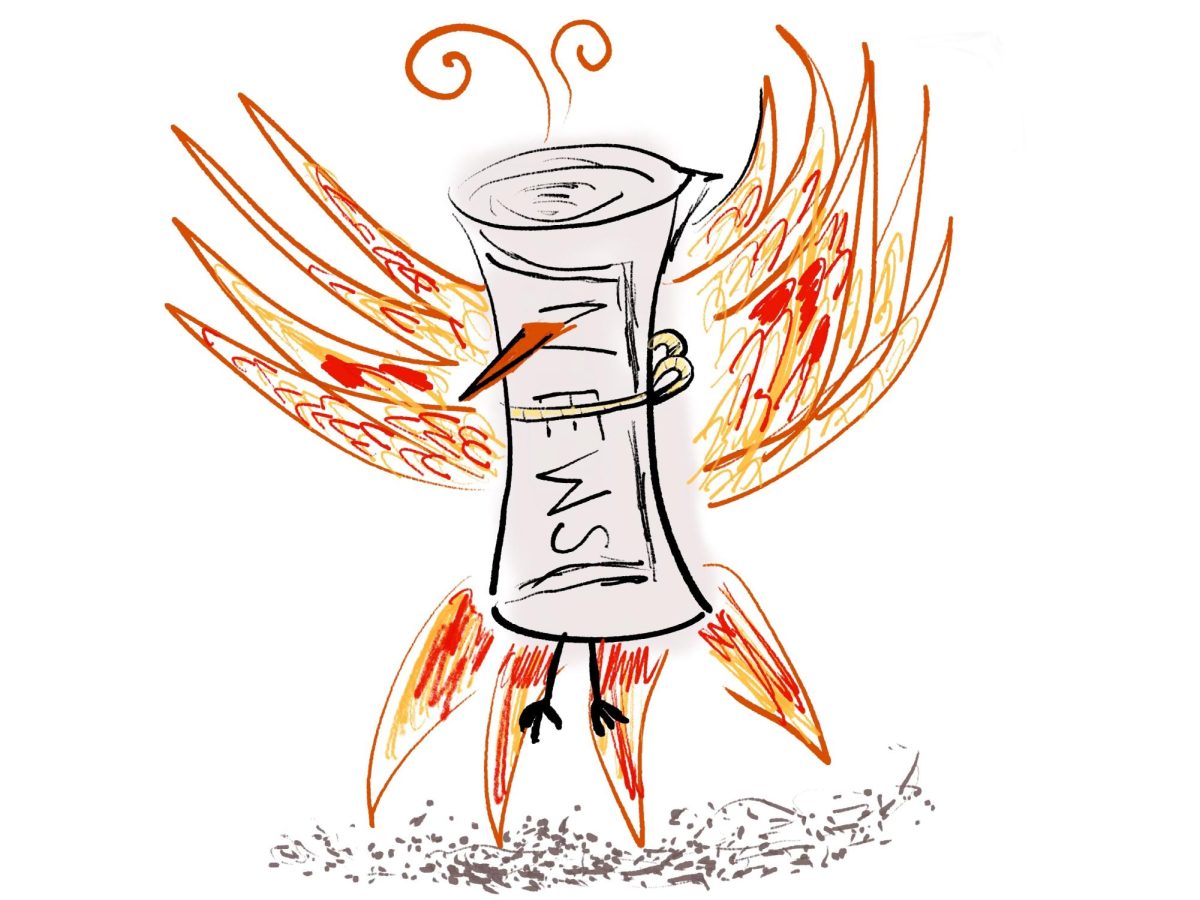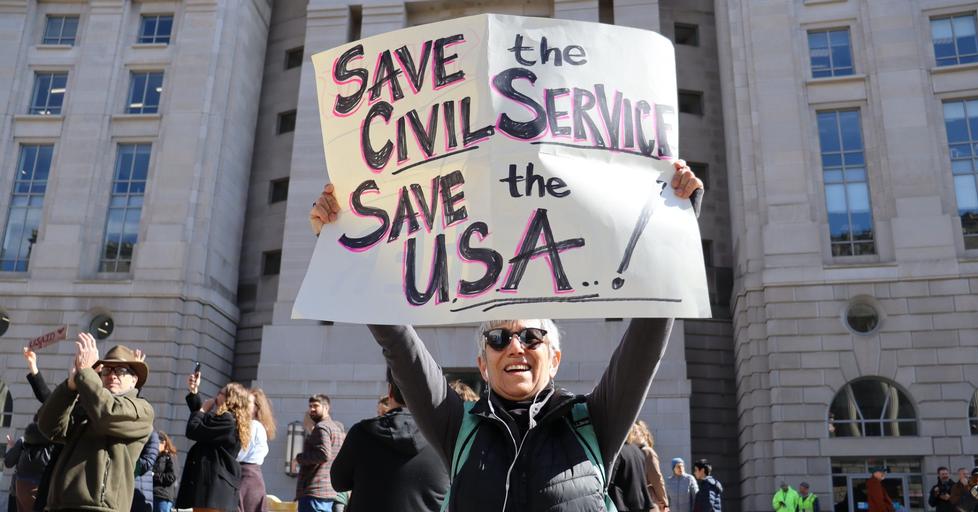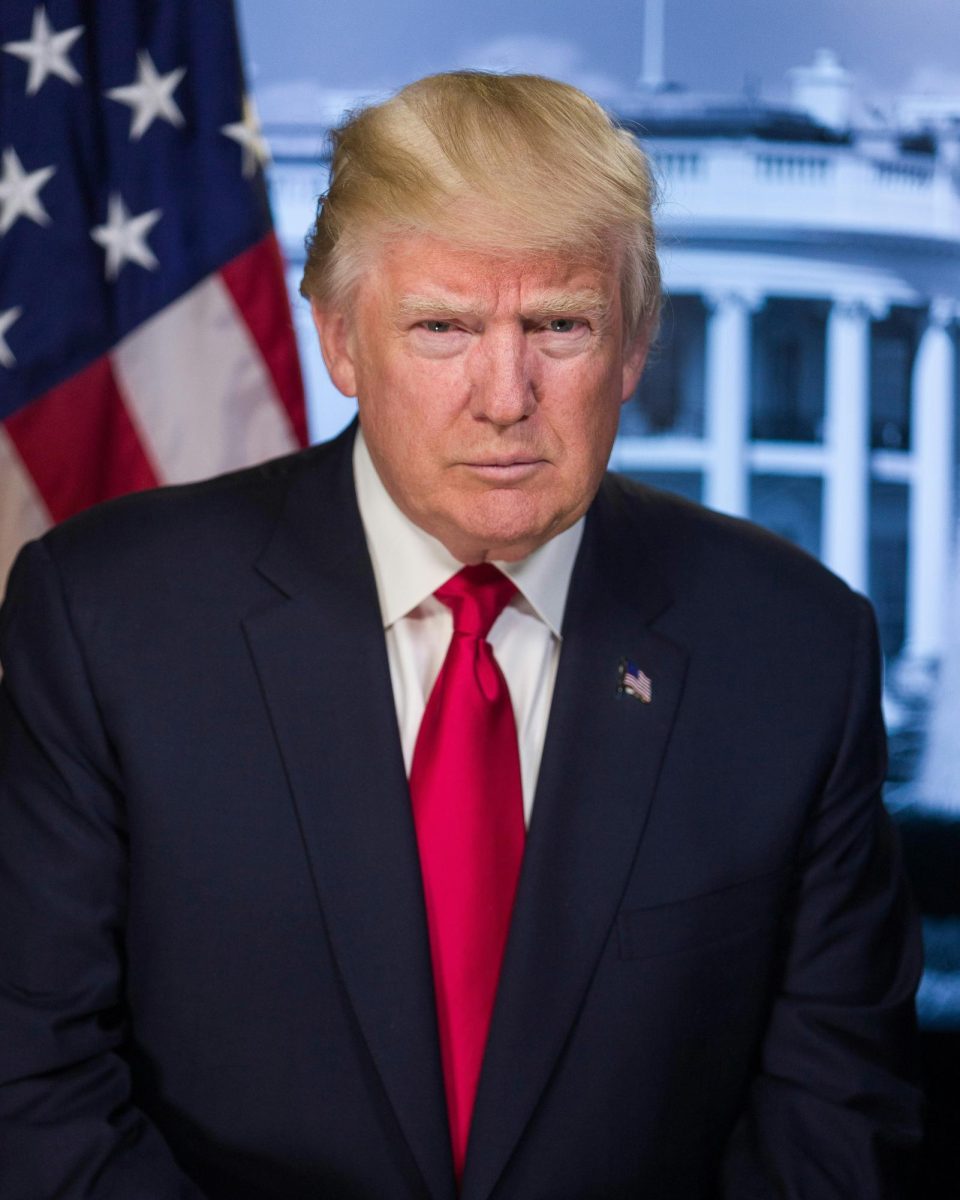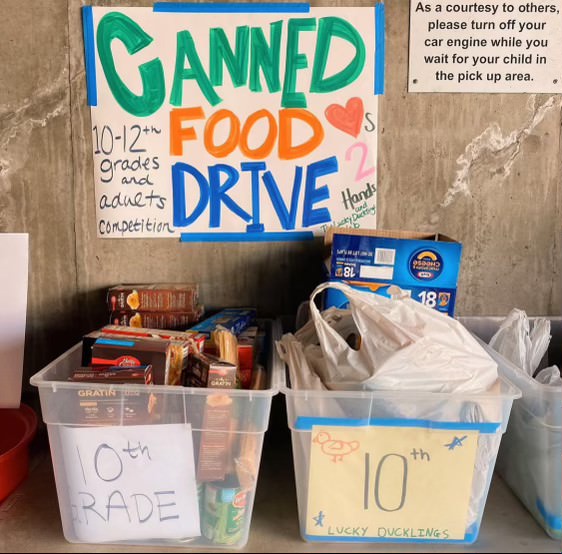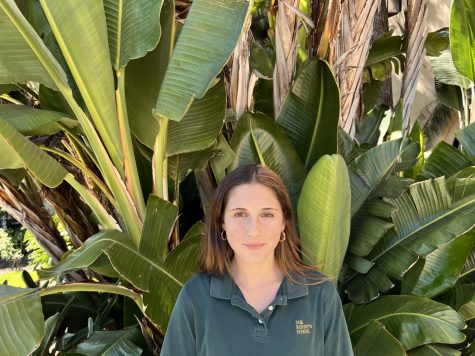TikTok is home to many creators, from beauty and lifestyle influencers to chefs, to hair stylists, to even doctors. TikTok fosters a safe community, through moderation of content based on the enforcement of their Community Guidelines, where all of these people can share their insight and diverse opinions on their platforms. Generally, the content on TikTok is respectful due to the Community Guidelines, so when a convicted school shooter’s platform started to gain traction in September, curious and shocked users began to discover his page, and his videos garnered millions of views but only a few thousand likes.
After serving 17 years out of a 20 year sentence for attempted murder, assault, and reckless endangerment, the school shooter was released. Now in his thirties, the shooter has a TikTok platform with 277,700 followers. This shooter’s platform is largely built on his perspectives of the event, the trauma he caused to others, and sharing his “story.”
But his “story” is not the one that should be shared. It highlights his thought process in making the decision to hurt several people, and this can enable others who relate to his struggles to make similar misguided decisions.
In February 2004, when he was 16 years old, the shooter committed a school shooting at Columbia High School in New York, according to ABC News 10. The perpetrator was facing mental health issues which caused him to leave school in the spring of 2003, yet he returned to school later that year in the fall, according to the New York Times.
The shooter fired two shots before John Shawchuck, the school’s vice principal, tackled him from behind, and wrestled the gun away from him. In the process, special-education teacher Michael Bennet was shot in the leg as he approached the two to help Shawchuck, reported the New York Times.
The shooter, now released from jail, frequently discusses his perspective on the event on TikTok. He claims he was in a deep depression at the time and hoped officers would turn their weapons on him, according to ABC News 10.
Mental health is undoubtedly a serious issue and causes immense pain. Suggesting that it justifies harming others, as the shooter has done, sets a dangerous precedent.
The perpetrator focuses much of his platform on understanding and looking out for signs that children may be experiencing mental health issues. It is incredibly important for law enforcement, school administrators and employees to learn about mass and school shooters’ mindsets so that we as a society can learn how to prevent similar crimes.
It is critical to understand these “pathways to violence,” according to Jillian Peterson, a forensic psychologist and co-president of The Violence Project, a nonprofit dedicated to preventing violence and mass shootings through research. But if that includes hearing the life story of a shooter, it needs to be done anonymously by the perpetrator, and the telling of the story needs to be victim-led. Peterson added, “I think you [the perpetrator] have to take yourself out of it. It can’t be about you. It has to be about the victim.”
The shooter is not focusing the story on the victims but his own side. Understanding the general signs to look out for in depression and other mental illnesses is helpful for people, but telling a life story word-for-word, as he is doing, could lead to people taking inspiration or relating to him and imitating his acts. This is part of the copycat phenomenon, which is when media coverage of an event like a school shooting is likely to give way to another.
The shooter talking about his motivations for the initial attack as a way of educating others on mental health is detrimental, and only gives way to the copycat phenomenon. In fact, the perpetrator himself referred to the Columbine High School shooting in 1999 in his suicide note, according to The Guardian.
The copycat phenomenon can take place through his TikTok platform as teens use the app frequently. According to a Pew Research Center survey, conducted in 2022, of teens between the ages of 13 and 17, 67% use TikTok. Overall, 35% of teens say they are using YouTube, TikTok, Instagram, Snapchat and Facebook “almost constantly.” Children are using these platforms more and more, and as they are still developing, content has a greater impact on their beliefs and opinions.
He should not be able to maintain this platform and TikTok should moderate it because TikTok is not his place to promote his “reflections” about the event. It is unacceptable that he is spreading his opinions on and motivations for the event. He is making content based off of other people’s trauma and claiming that he is promoting mental health.
The shooter maintaining a platform, one that already has amassed several hundred thousand followers, is distressing. TikTok is a private company which means they are not held to the First Amendment, according to the Freedom Forum. TikTok can moderate their content and should do so by banning the shooter’s account.
Until TikTok bans this account, users should block and report it, and ignore the messaging that shooter is promoting. Instead, if noticing similar issues in a peer or themselves that the shooter is discussing, users should turn to sites such as the American Foundation for Suicide Prevention, or the Suicide Prevention Center. These sites have helpful resources for both identifying signs of someone struggling or lifelines to call if in need.
That is not to say that openly discussing mental health issues, as he is doing, is wrong. However, this person, as a school shooter, has caused trauma to everyone who attended school the day he attacked. As far as telling a story, this is theirs to tell.
This platform is not beneficial for anybody. The perpetrator’s “story” is no longer his own. The day he decided to walk into Columbia High School was the day it was no longer his story. That day he affected the lives of 1455 students and 131 faculty members, this is their story to tell.


